Single Malt Scotch and Dessert Pairings
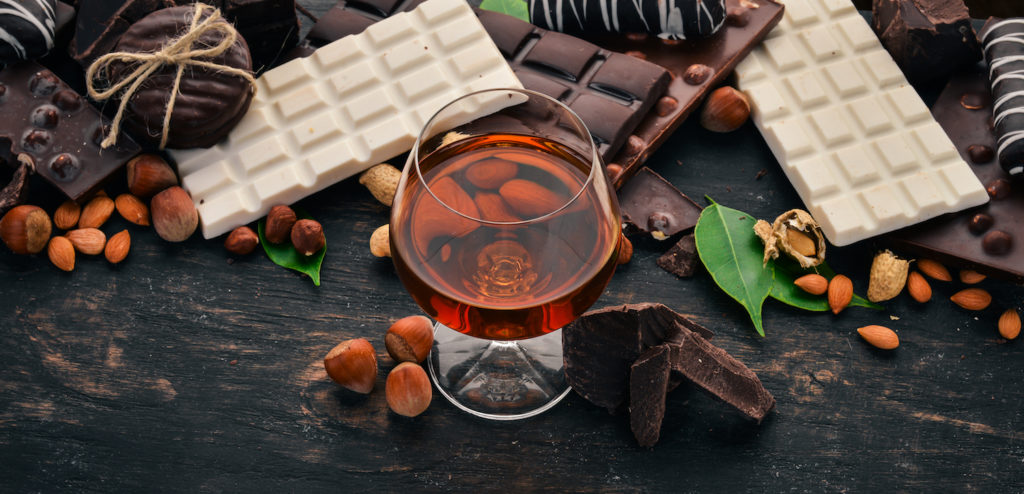
I love scotch. Drinking scotch makes me happy. Thinking about scotch makes me happy. Writing about scotch makes me happy.
I am also a firm believer that most scotches should be enjoyed solo. Scotch has so many subtle and complex flavors. A single sip can demand your whole attention. Most scotches don’t need food to support them.
But in order to avoid boring you with minute details of scotch-making in every article I write about scotch (and to prove I’m not an alcoholic), I’ll skip to the good stuff.
If you are looking for more in depth information, check out this Beginner’s Guide to Drinking Scotch.
It’s a real treat to enjoy the mingling flavors of a well-made scotch and a well-made dessert. But since each scotch is so different, you want to be sure the flavors you select will complement and not detract!
Don’t forget to check out wine pairings as well: Red Wine and Meat for example or White Wine and Fish. And did you know Port Wine also pairs naturally with Desserts?
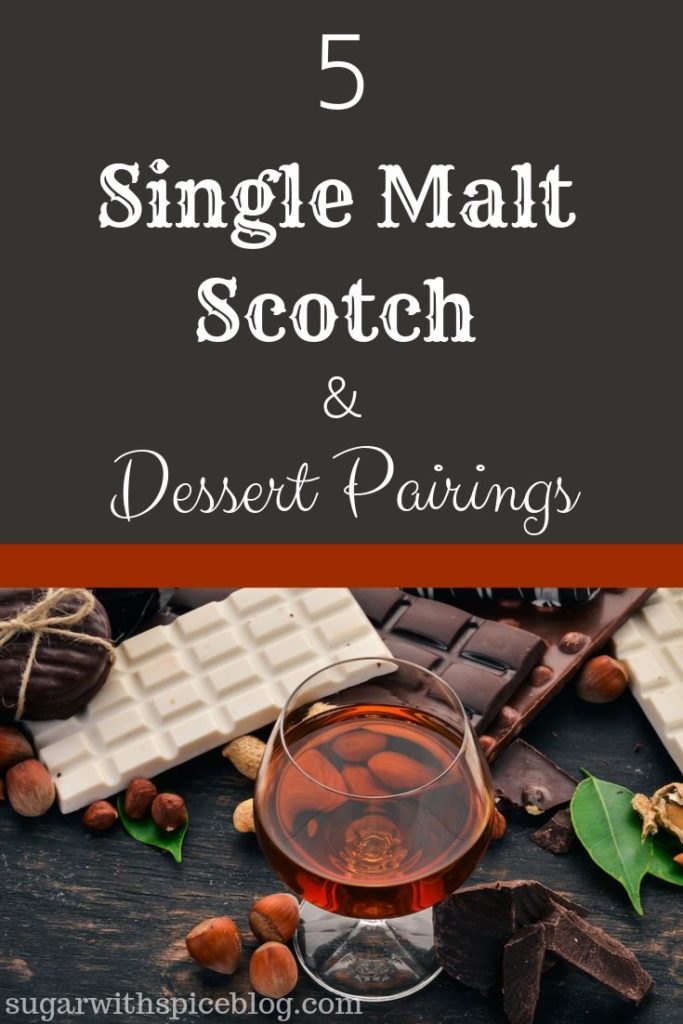
What is Scotch?
Whisky from Scotland
Scotch is a whisky from Scotland. Simple as that. There a few arguments about whether whiskies made using Scottish methods can be called Scotch too. But for now, scotch only comes from Scotland.
Fermented Barley Grain
Like all whiskies, it’s made from fermented grains. But Scotch can only be made from barley grain. This grain is usually malted, meaning it is allowed to germinate before being heated and dried. This adds a nutty, toasty flavor. But malting is not required.
Aged in Oak
The final key to scotch: aging. Scotch must be aged for a minimum of 3 years in oak casks. Many scotches are aged for longer, and you’ll often see ages on the bottle. These are typically single malts (whiskies made from one distillery only) and the age marks the youngest whisky in the bottle.
There are several other government-imposed rules to further specify the definition. And all of the techniques and designations can get very complicated. But to understand basic scotch…that’s all you really need to know.
Flavors of Scotch:
Scotch flavors are typically classified by region since terroir does affect scotch just like wine. Of course there are exceptions to every rule but the general categories are…
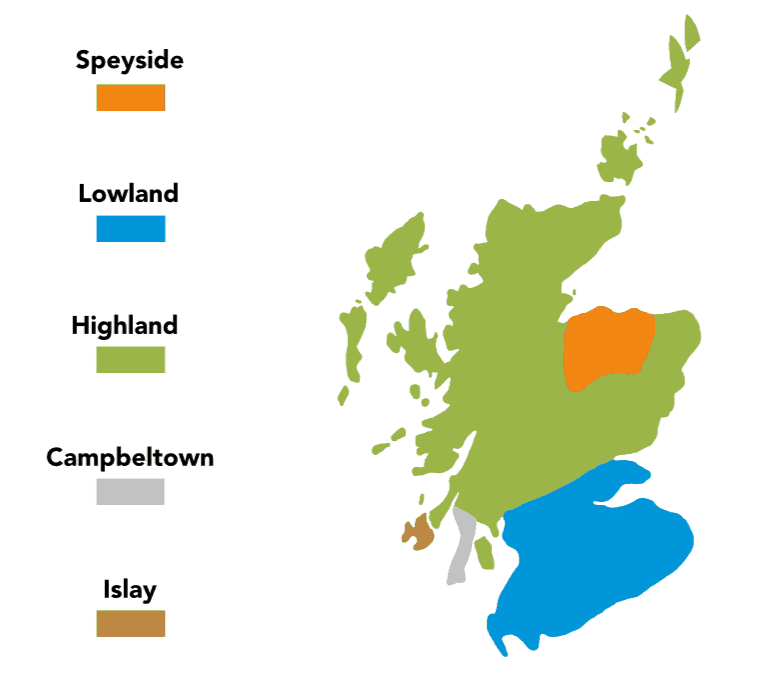
The Highlands
The largest region of Scotland’s whisky production by far, the Highlands are a little hard to label. You’ll find some that are fruity, sweet, and bright. Other that are heavier with brine and smoke. There are only a few peats from The Highlands, most use wood smoke or heather.
Speyside
Recognizable in their sweetness. They tend to be light, fruity, and floral. Deeper notes are grass, cream, and orchard fruits.
The Lowlands
The “Lowland Ladies” are definitely the most light and delicate of the scotches. They are mellow, citrusy, and strong on floral notes.
The Islands
Sweet and smoky. The Islands create drams strong in heather smoke, dripping with honey, and just a hint of dried fruit or sea salt. Some do have touches of peat or orchard fruit as well.
Campbelltown
Strong wood flavors like vanilla, oak, and toffee. Campbelltown also includes some smoke and dried fruit, but their distinctive flavor is wet wool for a minerally and earth tone.
Islay
One of my personal favorites, Islay whiskies are strong in peat and the ocean. Many note strong iodine, sea salt, sea spray, brine flavors as well as smoked meat. But you’ll find peat and sea minerals in almost every glass.
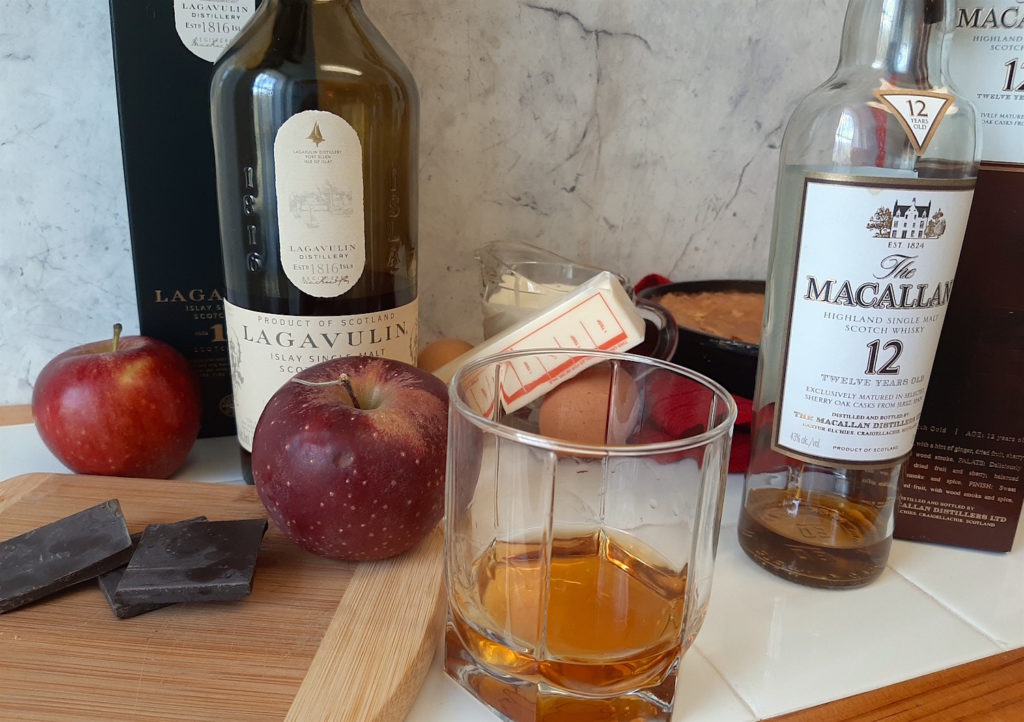
Why aren’t you pairing dessert whiskies?
Simply put: I hate them. Never met one I liked. I’ve never leave whisky unfinished…except dessert scotches. They all feel like they are trying too hard to be sweet or fruity. Or the opposite and they are so full of alcohol you could clean bullet wounds with them. I honestly don’t feel I could recommend any to you, even paired with food.
But if there is one you absolutely recommend, go ahead a sound off in the comments. (Warning: if I hate it, I’ll never trust you again.)
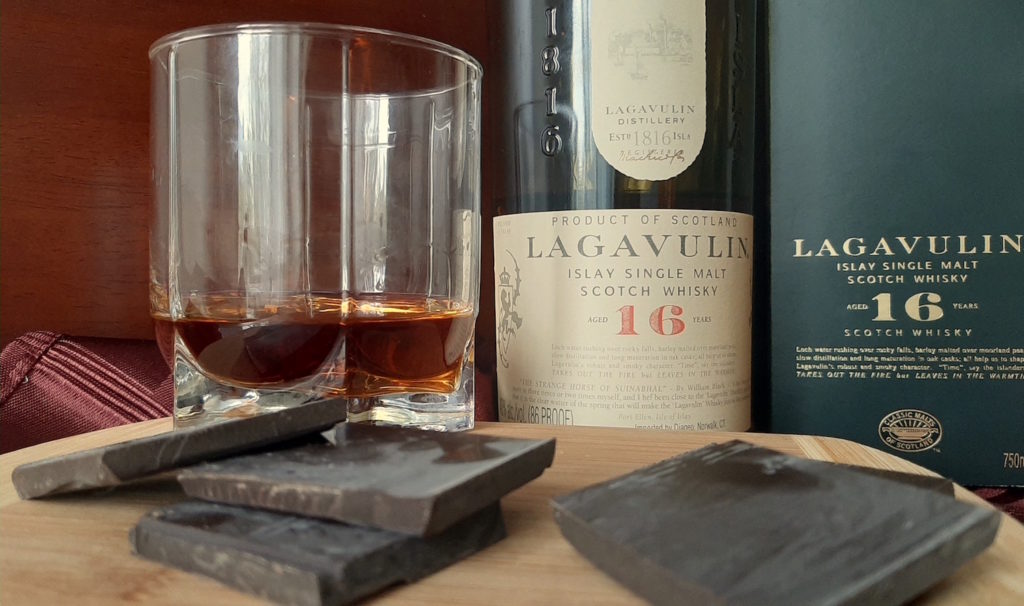
Lagavulin 16 and Dark Chocolate
The rich smoky peat of Lagavulin pairs excellently with the earthy flavors of truly dark chocolate. (Genuinely dark, none of that “Hershey’s Special Dark” stuff. Treat your Lagavulin right!) Pro Tip: Have a sip of scotch. Then take a bite of the chocolate to let the flavors coat your mouth. That way the blend together rather than crashing into one another. You’re tasting not making a fusion reactor.
Lagavulin 16 is also on my list of the Top 5 Winter Scotches, so it pairs with a number of wintry flavors and desserts. Which means it’s the perfect holiday gift…if anyone is hunting for gifts for me…
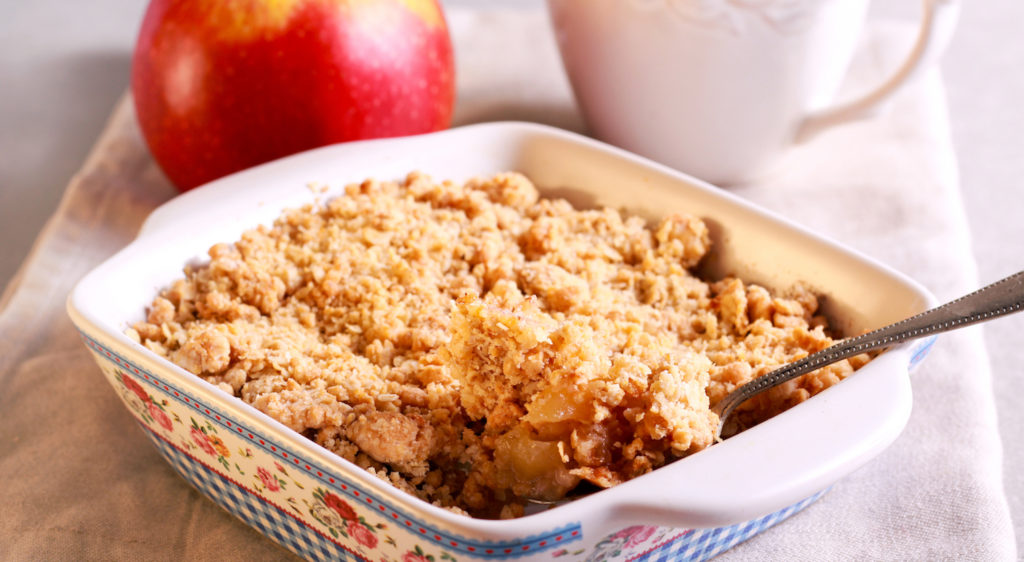
Glenfiddich 10 and Apple Crumble
Glenfiddich is full of bright crisp apple mixed with creamy pear for a luxuriously decadent sip. And the woody notes of toffee and vanilla only make the combination more perfect. It’s an excellent pairing for fall or a Thanksgiving dessert.
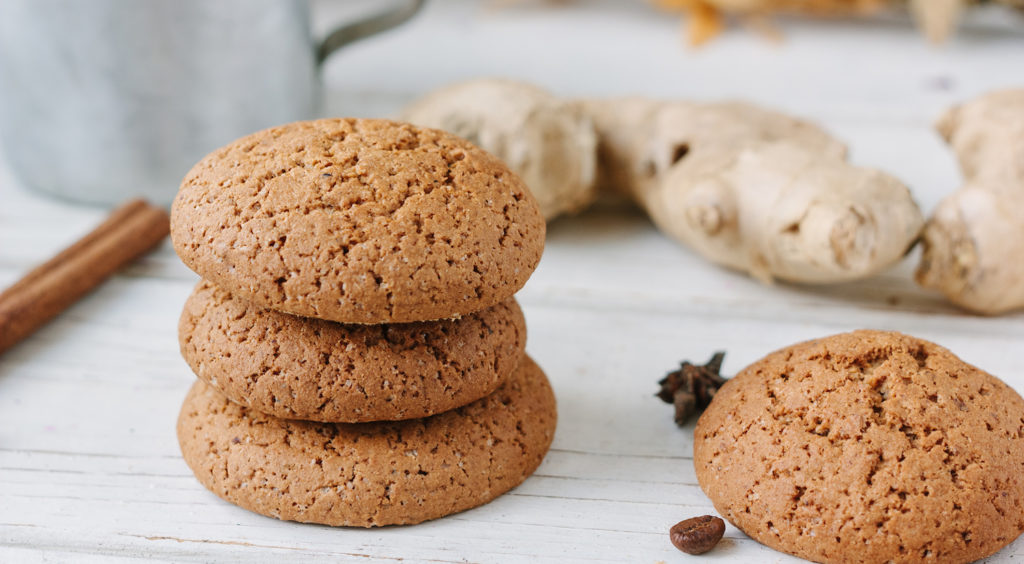
Highland Park 12 and Ginger Snaps
The peppery spice finish on the Highland Park 12 has exactly the strength it needs to stand up to the spice in ginger snaps. But its sweet honey notes smooth any rough edges. Almost like a ginger snap in a bottle, you can’t find a better combination for these two.
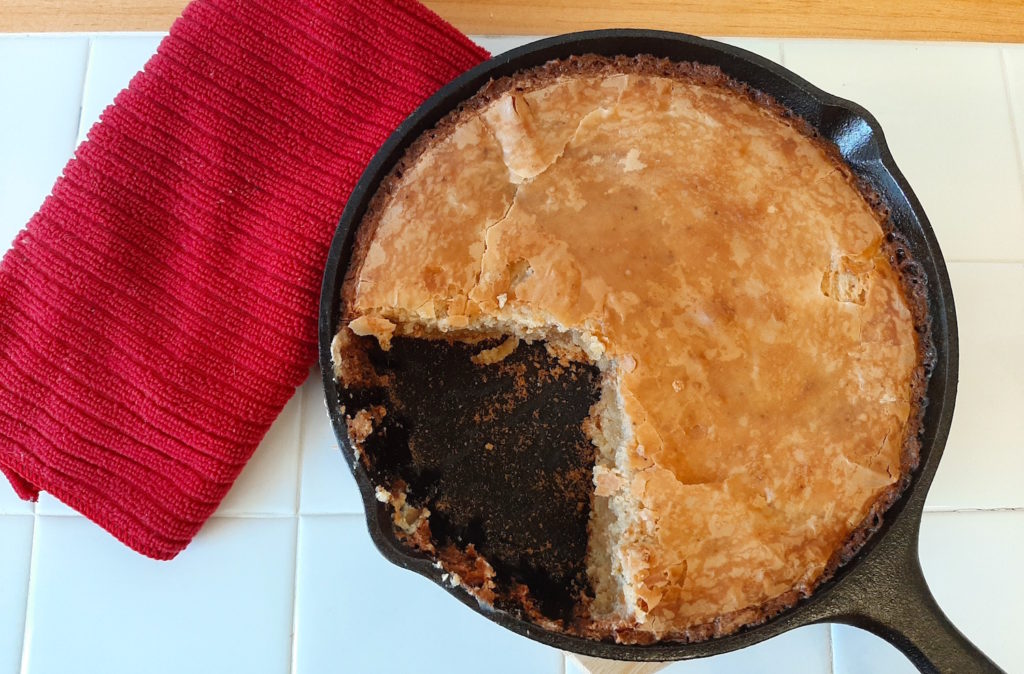
Edradour 10 and Gooey Brown Butter Cake
To me, Edradour tastes like a dessert as it is. So finding a pairing that makes it more perfect is incredibly hard! The sherry casking fills it with spice but also orange citrus and honey sweetness. But it has a deep nutty quality like toasted walnuts or almonds. This is what I focus on in my glass. So it makes perfect sense to pair with with a brown butter dessert! Brown butter contains a rich nutty character. And what could be a more perfect pairing… Come to think of it, pretty sure someone just decided to put brown butter cake in a glass. That’s probably how Edradour was made.
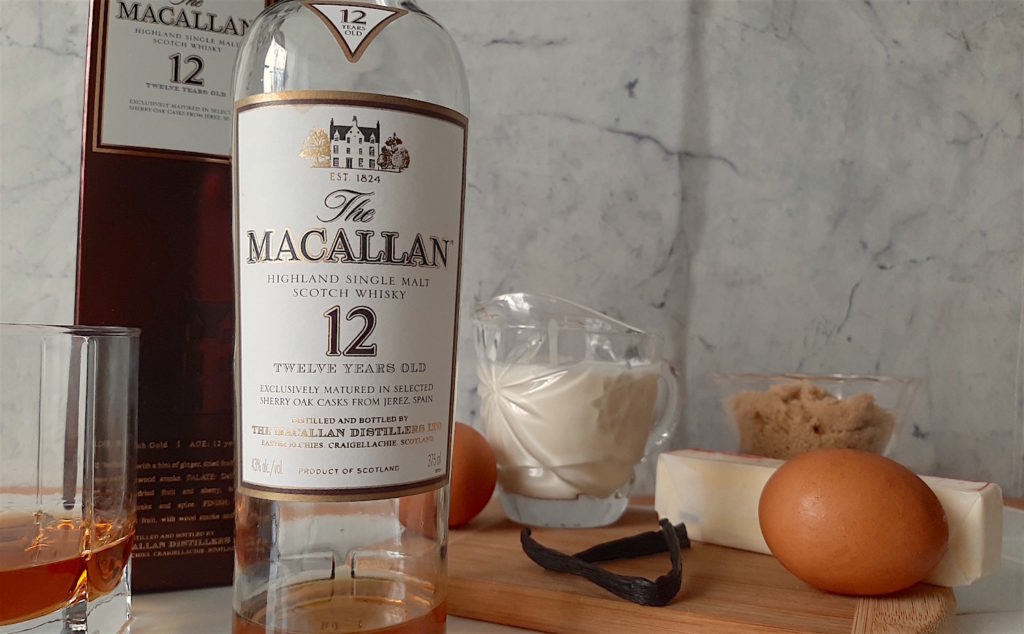
Macallan 12 and Vanilla Creme Brulee
There just a hint of smoke in Macallan, enough to add some depths of flavor. But not enough to overpower, say, a creamy custard! The majority of flavors in a sherry-casked Macallan scream apricot, dried fruits, and vanilla. This gentle sweetness pairs perfectly with a vanilla creme brulee. There’s just a hint of spice in Macallan, so the caramelized sugar on the top of your custard won’t be overpoweringly sweet.


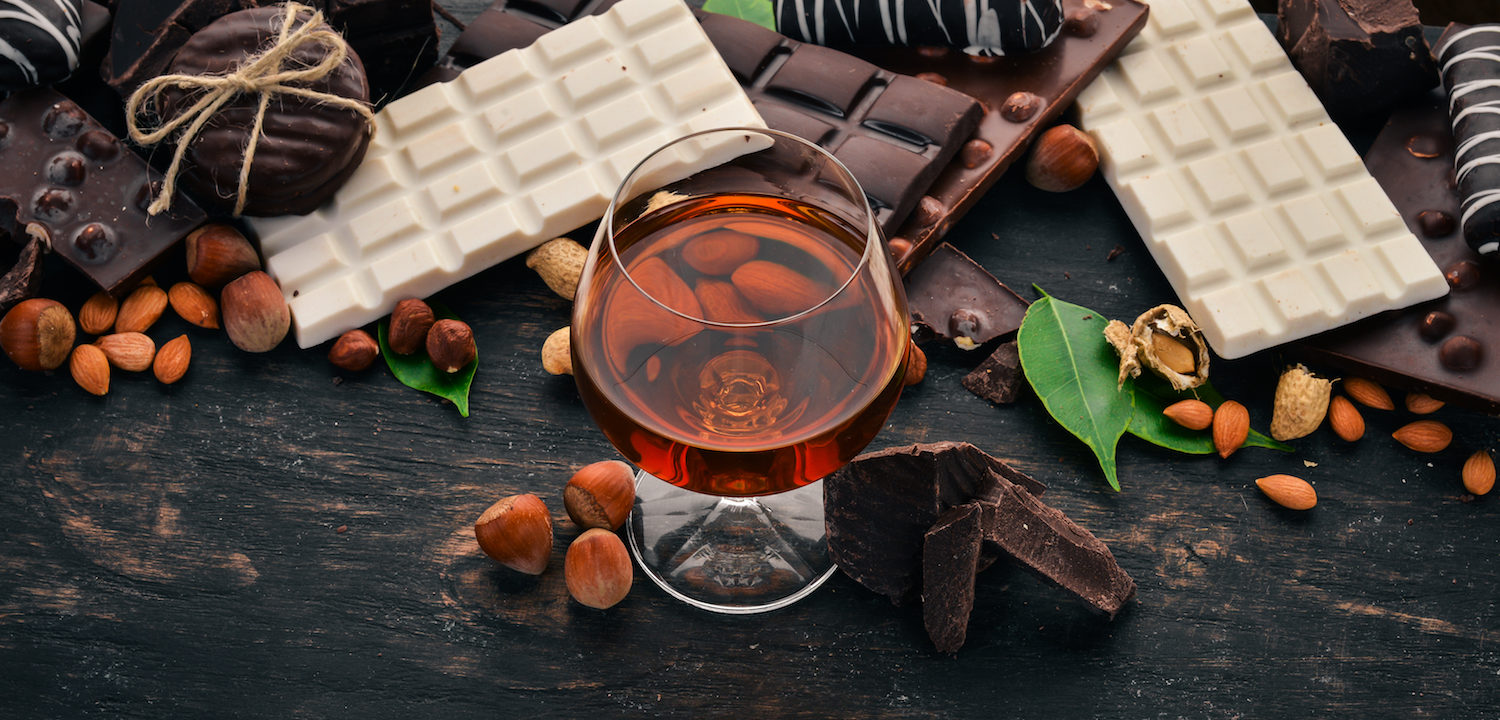
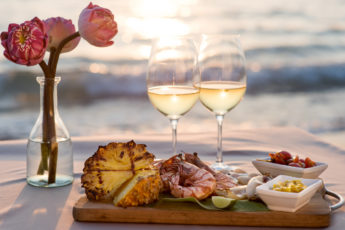
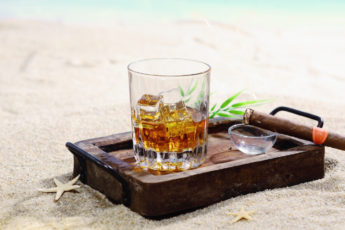
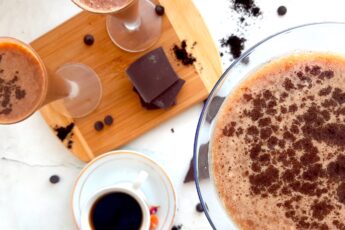





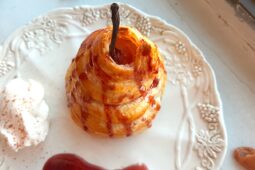
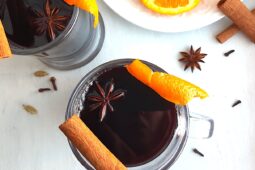
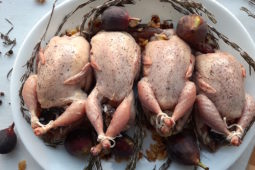
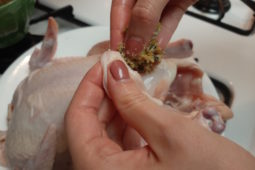
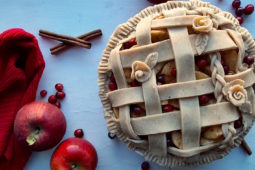
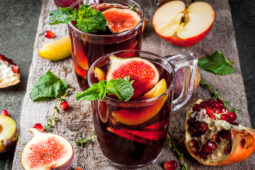
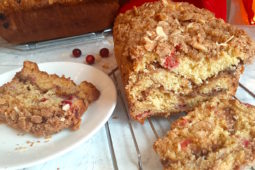
[…] Speyside scotch should never be paired with anything heavy. […]
I enjoyed the article. I’m not familiar with the concept of a dessert Scotch though. Can you elaborate? Doesn’t sound appealing. I am looking to pair Glenmorangie “A tale of Cake” with dessert and also have a Macallan #6 and am searching for something for that one as well. Any help would be greatly appreciated.